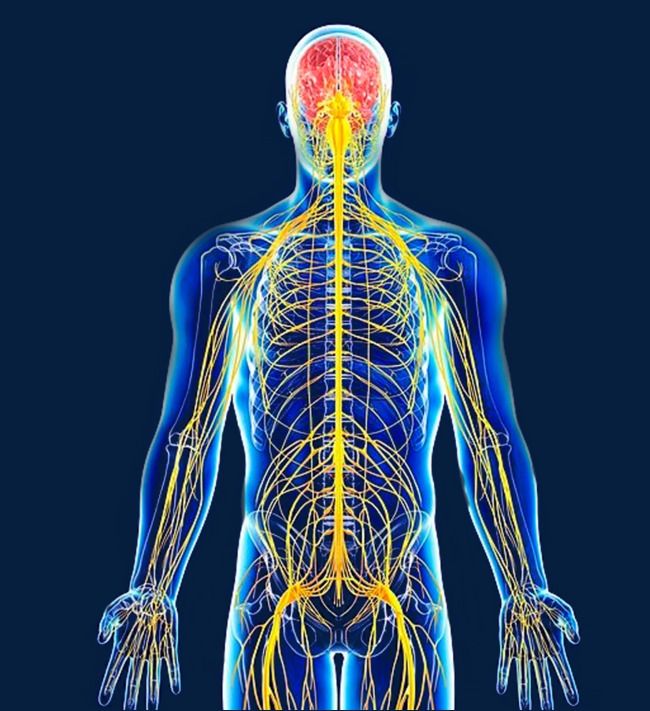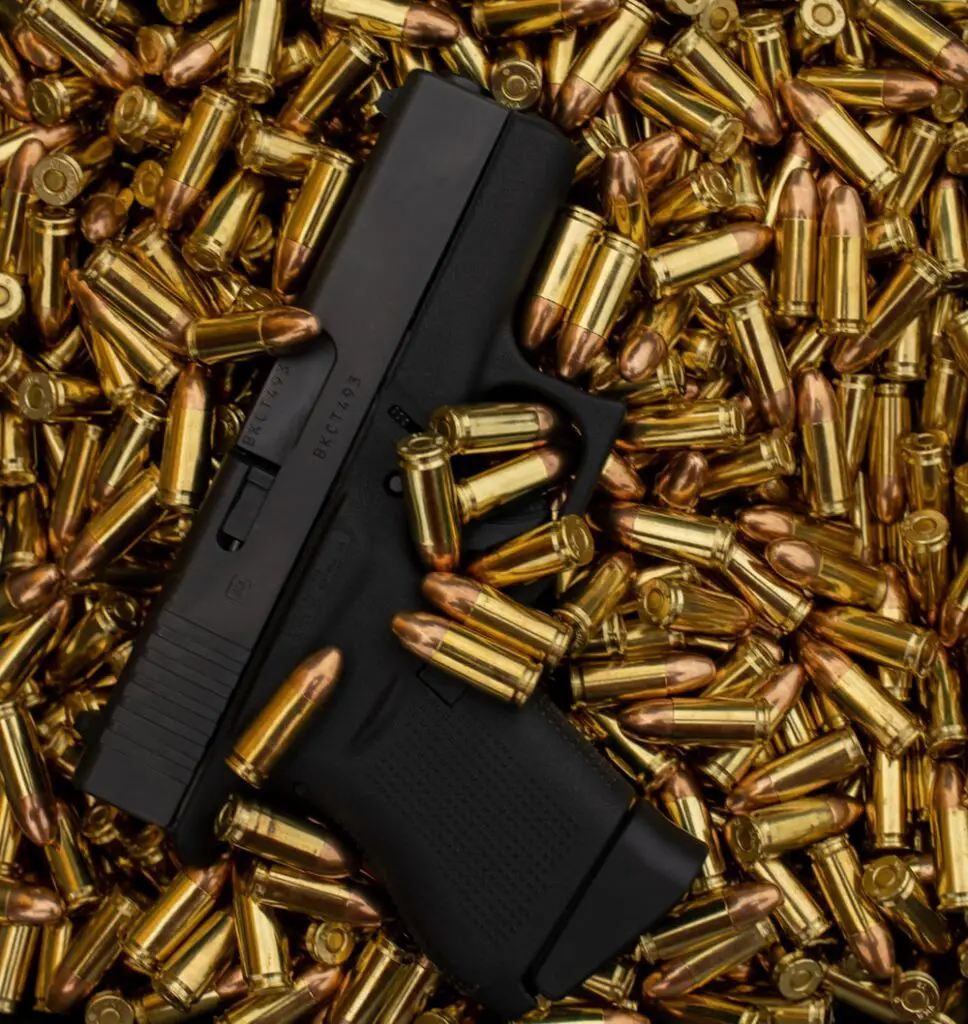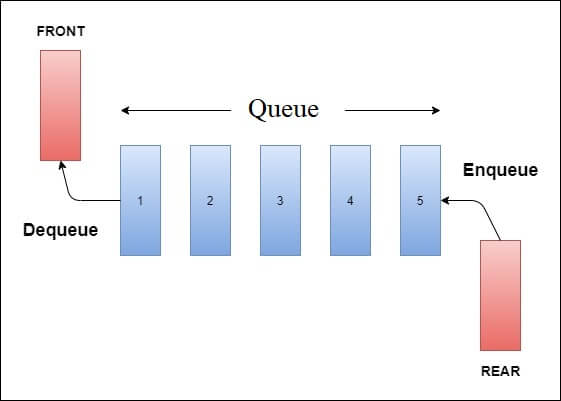A queue is an abstract data structure with a linear form that shows the order in which operations should be done.
It is frequently used in computer science or programming to model real-life queue situations.
A queue has certain special operations that can be performed on it.
- Enqueue: Store or introduce a new item to the queue. In real-life situations, this is synonymous with new members joining a queue
- Dequeue: Remove or access an item from the queue. In real life, this would be similar to members in a queue exiting a queue after being served or who get ejected for ineligibility
The queue operates on a first come first serve basis or (First in First Out) FIFO.
One end of the queue is always reserved for adding new items (enqueue) while the other end is for removing items (dequeue). This is identical to queues where you can only join at the tail and only get served from the front.
You cannot access any items lying in the middle of the queue (items found between the two ends of the queue)
Other operations you can perform on a queue are:
- peek: Without taking it out, this looks at the queue’s lead item
- isempty: Tests if the queue has nothing
- isfull: Tests if a queue is full
A special type of queue called a priority queue does not work in the FIFO rule. Instead, it assigns weights to the items and serves them according to those weights.
Queues are quite similar to stacks (another data structure) but they differ in a number of ways:
- A queue’s two ends are both open
- A stack is only open on one end
- The last introduced item is removed first from a stack
- The earliest added item is removed first from a queue
Importance of Queues
Queues reduce chaos and introduce a smoother and more streamlined method of service.
The need for queues in real life is usually dictated by the need for fairness (people objecting to waiting too long to get served) as well inadequacy of resources (limited time or staff sizes so those who come first gets served first).
Here are 10 applications of queue in real life:
1. Organ Transplant Waiting List

Due to a shortage of organs such as kidneys, heart, or liver, patients in need of a transplant are often put on a waiting list.
When a donated tissue is available, the first or least recent patient is given priority in getting the organ.
This is an example of a queue because it adheres to a first come first serve model.
2. Government License Issuing

Some activities in a country such as mineral mining, frequency allocation, etc may require permission by obtaining a license.
If it’s an opportunity that is limited and many people are interested in it, the government could follow a first come first serve basis.
3. Ticket Sale Queue

At ticket windows where people buy tickets for a show or booking for flights, those who reach the window first are served first.
4. Order Scheduling

Companies with customer requests have to process and deliver the orders. They are usually done on a first come first serve basis.
5. Priority Queue

Priority queues are based on priority. A good life example of a queue with priority characteristics is at hospitals where more seriously ill patients are attended to before others in the queue.
Another one is where people ahead in queues give up their places for a child or a pregnant woman when in a ticket queue.
6. Holding Patterns By Planes

Sometimes during bad weather or runway unavailability, incoming flights may be instructed by the controllers to take a holding pattern where they circle in the air for some time before being cleared to land.
This is done for safety or to avoid accidents. The clearing for landing may follow a queue process where the first plane to hold pattern is cleared to land first.
7. Processing Of Prospective Immigrants

People who apply to become citizens or residents are screened for eligibility as they wait.
Those who applied first are evaluated first which follows the first vine first serve method
8. Toll Tax Bridge

Vehicles that arrive first at the booth are the first to be released. Those that arrived later are released last.
This conforms to a queue with first come first serve principles.
9. Discharge Of Bullets

A gun loaded with cartridges discharges its bullets in succession when fired.
The discharge takes place in the order in which the cartridges were placed in the magazine.
This is a queue because a bullet can’t be discharged before the ones ahead of it
10. Routers

Routers are network devices designed to direct data. They receive packets and transmit them to their destinations.
To manage numerous requests, they usually use the FIFO queuing method as the default where the first to arrive is the first to be served.
Conclusion
Queues are a vital way of managing clients or processes whether in real-life situations or a virtual environment.
Through them, slowdowns, crashes, and even disappointed customers can be minimized.

